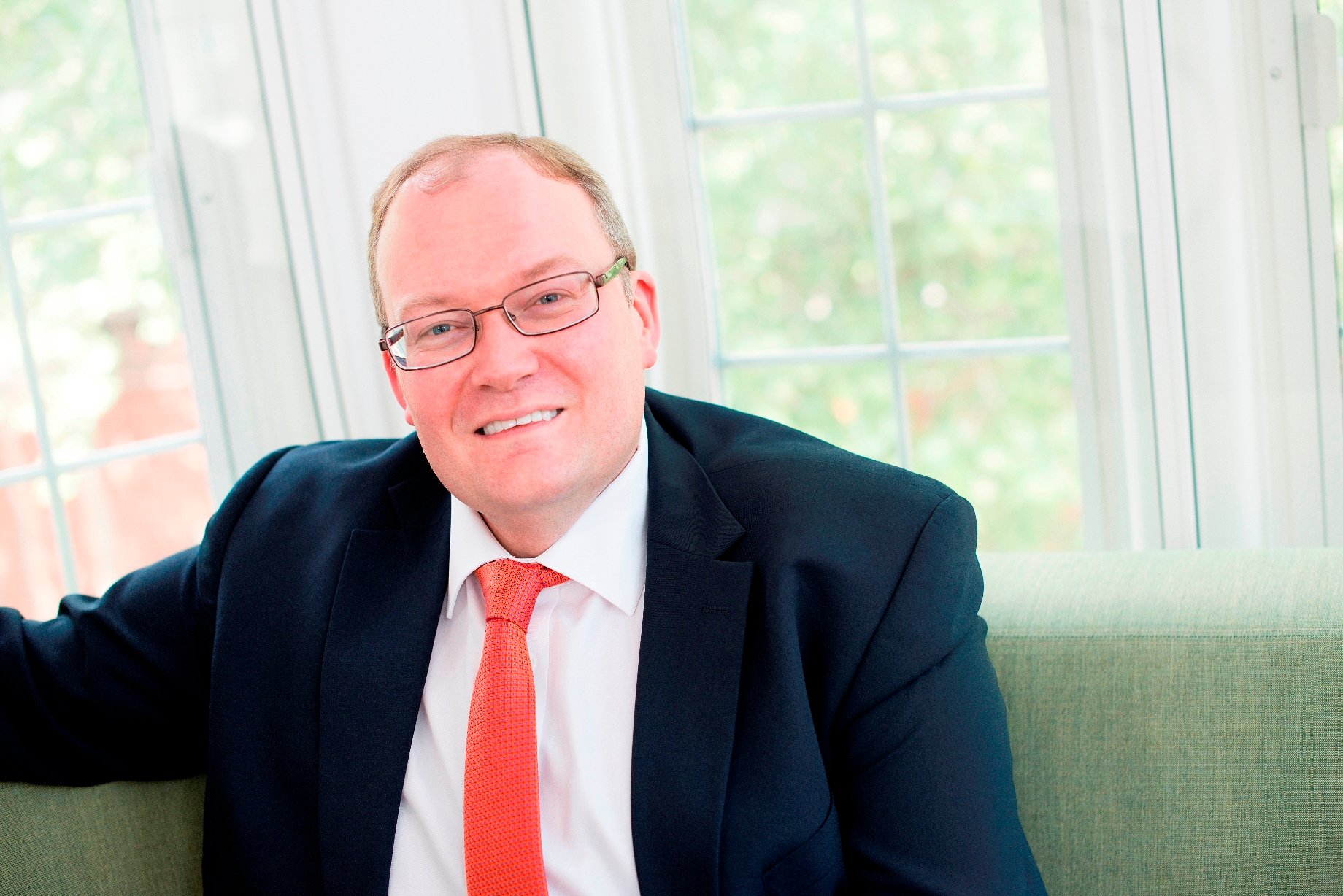
In a self-described “ambitious” move, the Arts Council England has announced a budget of £622 million ($772 million) per year to be dispersed through its three primary funding streams: the National Portfolio (NPO), Grants for Arts and Culture, and strategic funds. The budget spans an investment period from 2018 to 2022.
The main beneficiary of the budget will be the NPO, which provides grants to arts organizations. The £409 million ($507 million) budget will help fund 663 partner organizations—£68 million ($84 million) of which is funded by the National Lottery. This represents a £37 million increase in funds from the previous investment period of 2015 to 2018. One of the Art Council’s goals this period is to allocate 4 percent more of the NPO budget to organizations outside of London.
£125 million ($155 million) each year will be allocated to strategic funds, roughly the same as the previous period. This money goes to “gaps in the sector, such as enhancing diversity and increasing the reach of art and cultural activity in areas with low levels of engagement,” according to an Arts Council press release.
Finally, Grants for Arts and Culture will receive £87.5 million ($109 million), an increase of £10 million from the last investment period. Grants are awarded to individual artists, community organizations, and cultural organizations. Additionally, in support of the Arts Council’s initiative to integrate museums and libraries, these institutions will be allowed to apply for grants for the first time as well.
Arts Council Chief Executive Darren Henley emphasized these allocations will allow for a further reach across the UK, as opposed to simply the country’s capital of London.
“We’ve planned a budget that lets us reach more people in new ways. We’ll increase investment outside London without damaging the capital; fund more new, small and diverse organizations,” Henley says in a press release.
However, he expands on a more dismal note: “We’ve been ambitious in our plans but our funding position remains very tight. We need our money to stretch much further, and we’ll have to revisit the spreadsheets if the financial picture deteriorates in the future.”